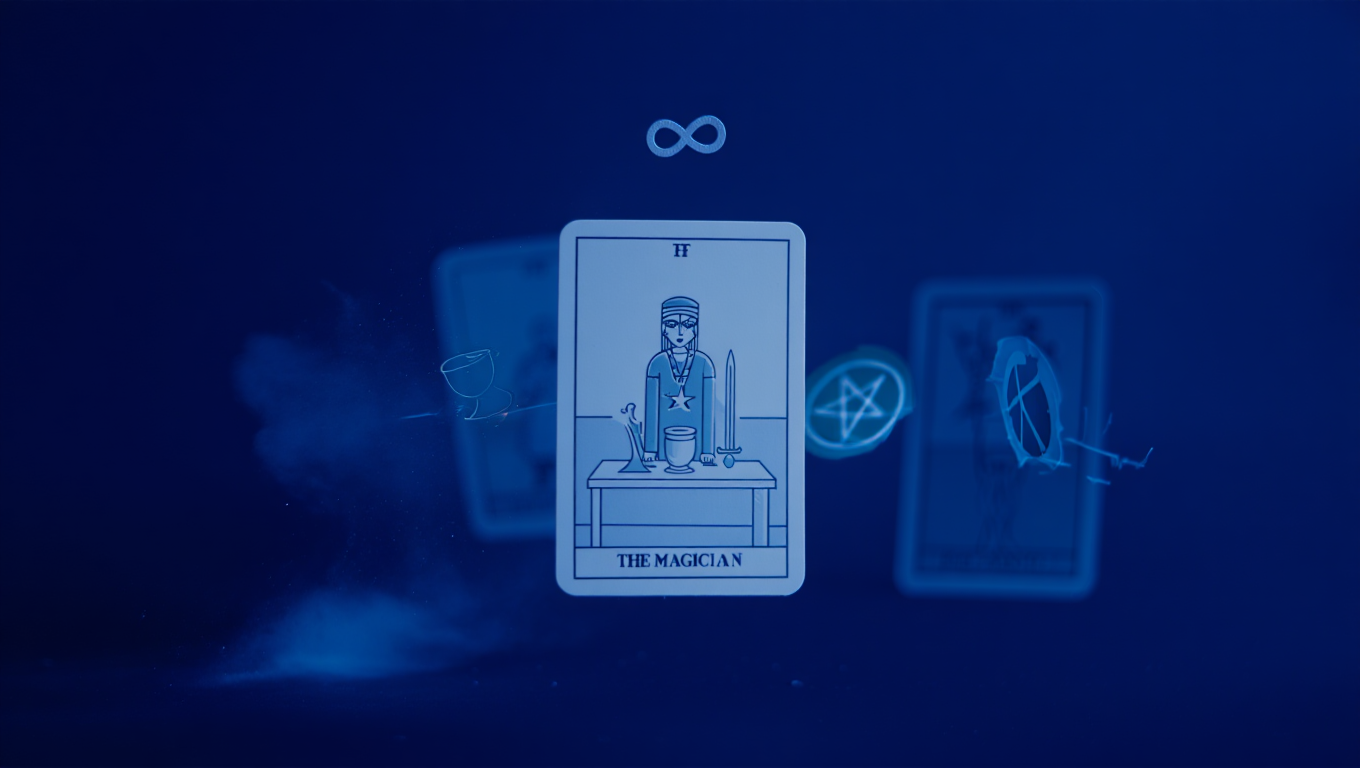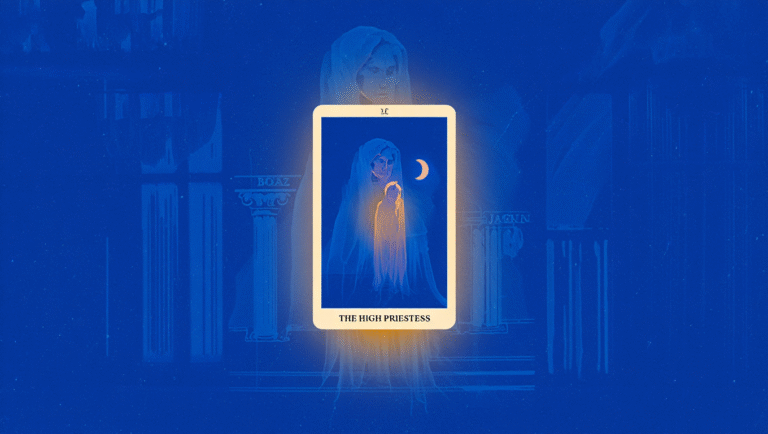Lesson 3: Minor Arcana Structure
When you first dive into tarot, the Major Arcana get all the attention. But let’s be real—most of life isn’t epic plot twists. It’s coffee spills, emails, awkward conversations, and little wins. That’s where the Minor Arcana shine. In this lesson, we’ll break down their structure, how they mirror daily life, and how you can start reading them confidently in just 15 minutes. Grab your deck—we’re making this practical and approachable.
Why Bother with the Minor Arcana?
The Minor Arcana cover the 56 cards outside the Major Arcana. They’re divided into four suits, each representing a different aspect of daily experience:
- Cups: Emotions, relationships, intuition
- Wands: Creativity, action, inspiration
- Pentacles (or Coins): Money, work, home, material things
- Swords: Thoughts, communication, conflict, logic
Think of them like the four suits in a regular playing card deck—with a spiritual twist. Just as most days are ordinary rather than legendary, these cards bring tarot down to earth.
“I used to skip the Minor Arcana because they looked too much like playing cards. Big mistake. Once I learned their language, I started getting readings that actually made sense for my day-to-day life.”
What’s Inside Each Suit?
Each suit has:
- Ten numbered cards (Ace to Ten)
- Four court cards (Page, Knight, Queen, King)
Let’s break down what these mean in practical terms:
Suits = Themes of Everyday Life
| Name | Key Feature | Everyday Example |
|---|---|---|
| Cups | Emotions, connections | Family chat, a crush, resolving a fight |
| Wands | Inspiration, projects | Starting a hobby, pitching an idea |
| Pentacles | Work, money, health | Budgeting, job interview, meal prep |
| Swords | Thoughts, decisions | Writing an email, debating a choice |
Numbers Tell a Story
Each number in a suit has its own vibe. Here’s a cheat sheet to get you started:
- Ace: New beginnings, pure potential
- Two: Choices, balance, partnership
- Three: Growth, teamwork, results
- Four: Stability, pause, structure
- Five: Challenge, conflict, change
- Six: Harmony, support, victories
- Seven: Reflection, perseverance, assessment
- Eight: Action, movement, progress
- Nine: Near completion, intensity
- Ten: Fulfillment, endings, overkill
Combine the suit’s theme with the number = a quick, practical meaning.
The Court Cards: People and Personalities
The court cards (Page, Knight, Queen, King) are the “face cards.” They often represent people, attitudes, or stages in your own life.
- Page: Curiosity, learning, starting out
- Knight: Action, pursuit, boldness
- Queen: Mastery, nurturing, influence
- King: Authority, leadership, results
Tip: If a court card pops up, ask yourself: “Is this about me? Someone I know? Or the attitude I need to take on?” Context is everything.
Real-Life Example: The Office Drama
Imagine you pull these cards for a work situation:
- Two of Swords: Indecision or a stalemate (maybe you’re not sure how to reply to a tricky email)
- Knight of Wands: Someone charging ahead energetically (your coworker who’s always pushing new ideas)
- Five of Pentacles: Feeling left out or worried about resources (budget cuts, anyone?)
See how these cards, together, paint a picture of an actual scenario? No mystical fog required.
15-Minute Tarot Drill: Get to Know Your Minor Arcana
Supplies: Any standard tarot deck (I recommend the Rider-Waite Tarot for clear illustrations), a notebook, and a timer.
Step-by-Step:
- Sort your deck. Pull out the 56 Minor Arcana cards.
- Lay out the suits. Arrange Cups, Wands, Pentacles, and Swords each in a row from Ace to King.
- Pick a suit. In 5 minutes, jot down one word for what each card reminds you of in daily life. (For example: Three of Cups—party. Six of Swords—moving on.)
- Do a 1-card reading. Shuffle the Minor Arcana. Ask, “What do I need to know about today?” Draw one card. Use your notes to interpret.
- Repeat with another suit tomorrow.
Quick-Reference Table: Minor Arcana at a Glance
| Card | Theme | Common Life Example |
|---|---|---|
| Ace of Cups | New feelings | First date butterflies |
| Ten of Wands | Overload | Juggling too many tasks |
| Page of Pentacles | Learning skills | Starting a new course |
| Queen of Swords | Clear thinking | Giving honest feedback |
Best Decks for Learning the Minor Arcana
-
Rider-Waite Tarot Deck
Classic, clear images. Great for beginners.
Check price on Amazon -
Modern Witch Tarot
Inclusively illustrated, modern vibes.
See today’s deal -
Everyday Tarot Mini Deck
Compact, practical, gold-accented.
Check price on Amazon
Pros & Cons Table
| Name | Key Feature | Size/Material | Price range | Amazon link |
|---|---|---|---|---|
| Rider-Waite Tarot | Classic symbolism | Standard, sturdy cardstock | $15–25 | Buy |
| Modern Witch Tarot | Modern, inclusive | Larger, premium finish | $22–35 | Buy |
| Everyday Tarot Mini | Portable, minimalist | Small, gold edges | $10–18 | Buy |
Tools & Resources for Deeper Practice
- Labyrinthos: Minor Arcana Meanings — Free online reference for keywords and card breakdowns.
- Biddy Tarot: Minor Arcana — Real-life examples and card-by-card interpretations.
- Tarot for Beginners by Lisa Chamberlain — Book with practice spreads and quick meanings.
Quick Recap: How to Use the Minor Arcana Every Day
- Recognize the suit. What area of life is this card pointing to?
- Check the number. Where are you in the story—just starting, in the middle, or wrapping up?
- If it’s a court card, ask: “Who or what does this represent for me right now?”
- Practice with daily 1-card draws. Take 15 minutes to reflect on how the card shows up in your real life.
Remember: “You don’t have to memorize every meaning. Get curious, look for patterns, and let the cards become a daily check-in, not a pop quiz.”
Ready to take your readings beyond the basics? Try out different decks, keep a tarot journal, and don’t hesitate to use online guides as you learn. The Minor Arcana are your toolkit for understanding everyday magic—no mystical drama required.
Some links in this post may be affiliate. You pay the same price, and this blog may earn a small commission to keep resources free for readers.




